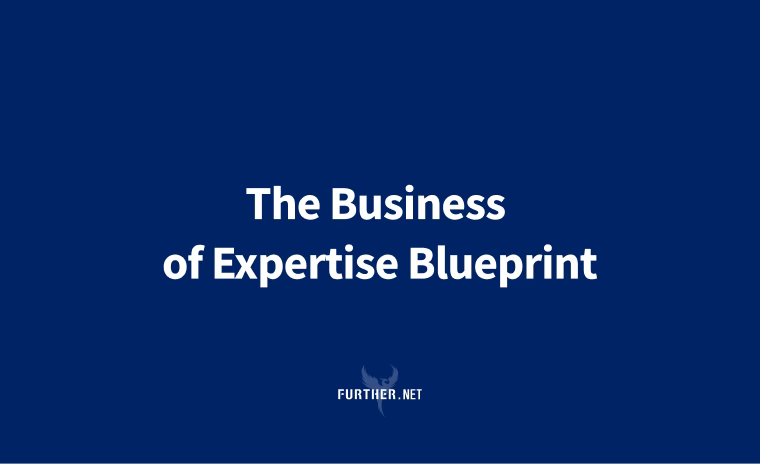The Mission: Move Beyond “Niche Thinking” and Build a Meaningful Business
It stands to reason that if you're leading a mission, you’ll want the right people involved, not just whoever wanders by.
Why?
It’s the question that’s at the heart of all marketing and entrepreneurship, but often, not enough time is spent on answering it.
You want a successful business, sure.
But… why?
Let’s look at it another way. To succeed, you’ll need to create messages, also known as content and copy, that resonate with your intended audience.
Why are you creating that content? What’s the objective?
You want to attract an audience, sure. But again, what’s the why?
What you really want is a truly engaged core of people who buy everything you sell. Your 1,000 true fans, if you will.
And that’s what actually gets you a successful business. But those “true fans” don’t care about your success, at least not at first. They care about how you’re going to inspire them to achieve their own goals.
That’s your real mission.
Missions and Movements are Powered by Strategic Purpose
Let’s take another look at selecting a topic for your content. Because things often go wrong right from the beginning.
When it comes to choosing a profitable topic for your audience-first endeavor, many people consider the exercise as an end in itself:
Choose a topic
Create content
Cash out!
In reality, choosing a topic is really just the initial aspect of selecting the audience you want to serve. And it’ll take a lot more than mere topical interest to truly understand who you’re talking to.
Profit is often the only consideration given. And while there’s nothing wrong with thinking of making money first, it can’t be the only thing you think about.
What’s missing? Purpose. In fact, strategic purpose will often be the catalyst for profit, given that you’ll need motivation that transcends compensation to be the leader your audience needs.
In a previous lesson, we defined a movement as “a group of people working together to advance their shared ideas.” To be a leader in a movement, though, requires a strategic mission plan to guide the group members toward their objectives.
So, let’s now define strategy. It’s “a plan of action designed to achieve a major objective,” which is another way of saying a mission statement. This is not some clichéd copy on your About Page — it’s the unifying vision that runs throughout all your various messages to prospects.
And it stands to reason that if you’re leading a mission, you’ll want the right people involved. You’ll want your version of the A-Team, not just whoever wanders by.
This selectivity is at the heart of all effective strategies. As Harvard Business School professor Michael Porter says:
Strategy 101 is about choices: You can’t be all things to all people.
Let’s look at Steve Jobs’ strategy for marketing the Macintosh. He targeted a different kind of person from the usual IBM customer. And he identified and spoke to those people based on the unique values and attitudes that distinguished them.
Did Jobs use focus groups, surveys, and customer interviews to identify those values and attitudes? No, he started with his own personal core values and stuck with them through 25 years of messages promoting the Macintosh to those who dared to “think different.”
And that’s exactly what you should do as well. Developing your strategic purpose is the first step to understanding “what to say and how to say it” to your chosen audience.
Deliver the Experience of Transformation
It’s important to understand just how indifferent the universe is to your desire to have a successful business. Steve Jobs understood that you have to help others “make a dent in the universe” first.
Author and user experience expert Kathy Sierra says, “Make people better at something they want to be better at.” It’s that simple, but not always easy. The next step is to think in terms of experience and transformation.


